Gay, queer, pansexual, monosexual – 11 LGBT and sexual identity terms explained
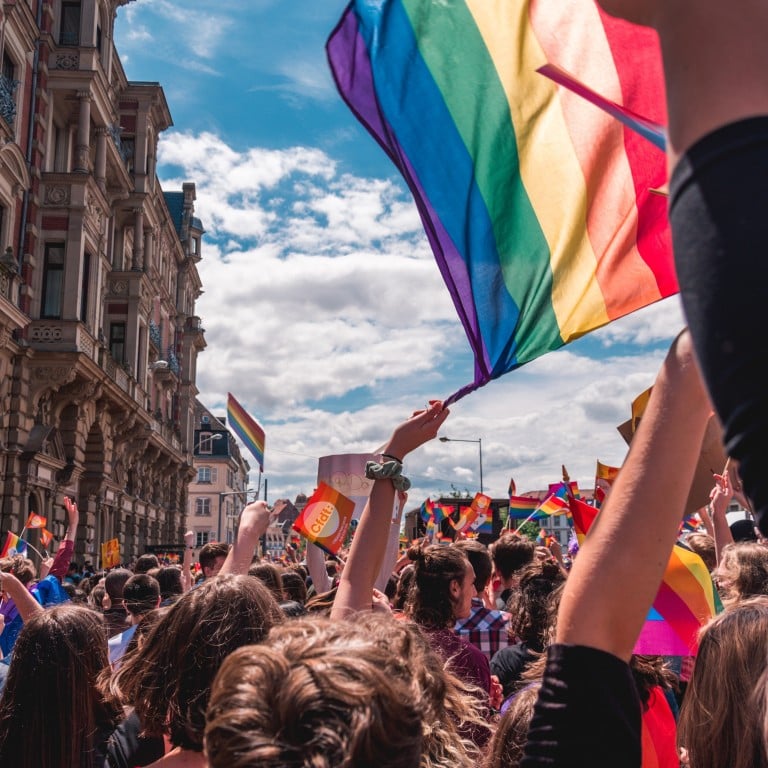
In June, the US Supreme Court decided that anti-discrimination employment protections apply to those under the LGBTQ+ umbrella – meaning that US employers cannot discriminate against employees for their sexual identity.
This rising awareness, coupled with the reach of social media and ever-increasing visibility, has led to more mainstream recognition of different sexual identities outside just “gay” or “straight”.
Sexual identity, or orientation, is the “gender that you are attracted to, or if you are interested in sex at all”, Jamie LeClaire, a sexuality educator, writer, and consultant, said. And there’s a wide array of sexual orientations that someone might identify with. Some people may find that multiple identities resonate with them, while others may choose not to identify with any.
STYLE LGBTQ+ Series: Queer voices
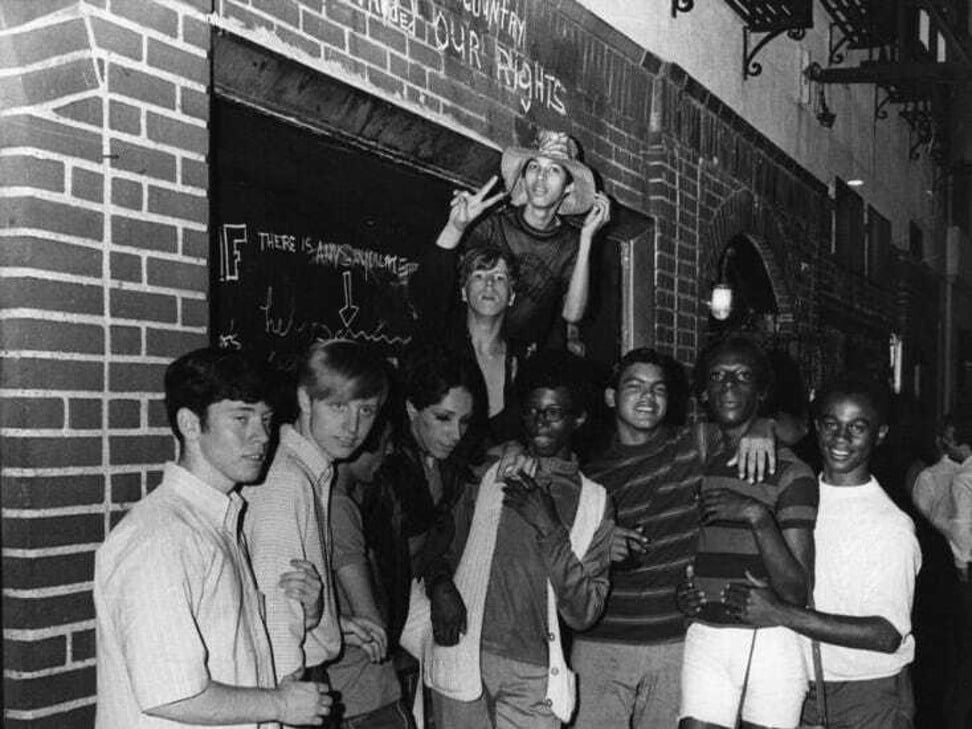
But the historical concept of sexual identity is relatively new. “The sexual identity in and of itself is a more recent phenomenon,” Dr Brandon Robinson, an assistant professor of gender and sexuality studies at the University of California, Riverside, said. “Terms like heterosexual and homosexual came about in the late 1800s. Identity is a more recent notion of who we are.”
There has also been resistance to the creation of sexual identity markers. In particular, philosopher Michel Foucault viewed the rise of identity markers as “a way for science to be like, ‘heterosexuality is right’ and we’re gonna label all these other sexual identities as deviant sexualities,” Robinson summarised.
Yet sexual identity can allow individuals to understand their own desires and help build community. Much of this community building takes place online.
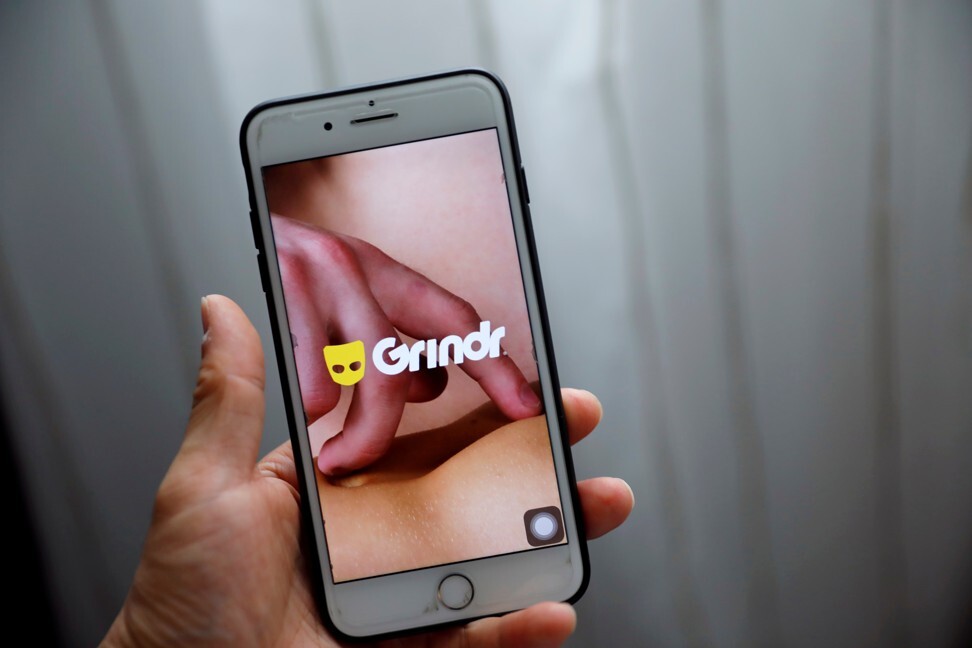
“I think social media has really transformed sexual identity, especially for sexual minorities, because often before social media, the only place you could find other LGBTQ+ people [in the US] were gay bars,” Robinson said. “Of course, those have an age limit. Normally you have to be 21 to get in. And so I think social media has allowed much younger people to find community.”
For those navigating their own sexual identities, looking to learn more, or who are simply curious, here is a list of more commonly known and used terms.
10 pansexual celebrities starting conversations in Hollywood and music
Lesbian

Broadly and historically speaking, lesbian has been defined as a woman who is attracted to other women. However, LeClaire notes that people who don’t identify as female will still use the label. “I know plenty of nonbinary people who identify as lesbian,” LeClaire said.
The GLAAD (Gay and Lesbian Alliance Against Defamation) Media Reference Guide defines nonbinary as a term “used by some people who experience their gender identity and/or gender expression as falling outside the categories of man and woman. They may define their gender as falling somewhere in between man and woman, or they may define it as wholly different from these terms.”
PinkNews interviewed three individuals who identify as both nonbinary and lesbian. “I think it’s sort of disingenuous to claim that you can’t be both nonbinary and lesbian because you can definitely have an authentic lesbian experience as a nonbinary person,” one participant said.
Bisexual
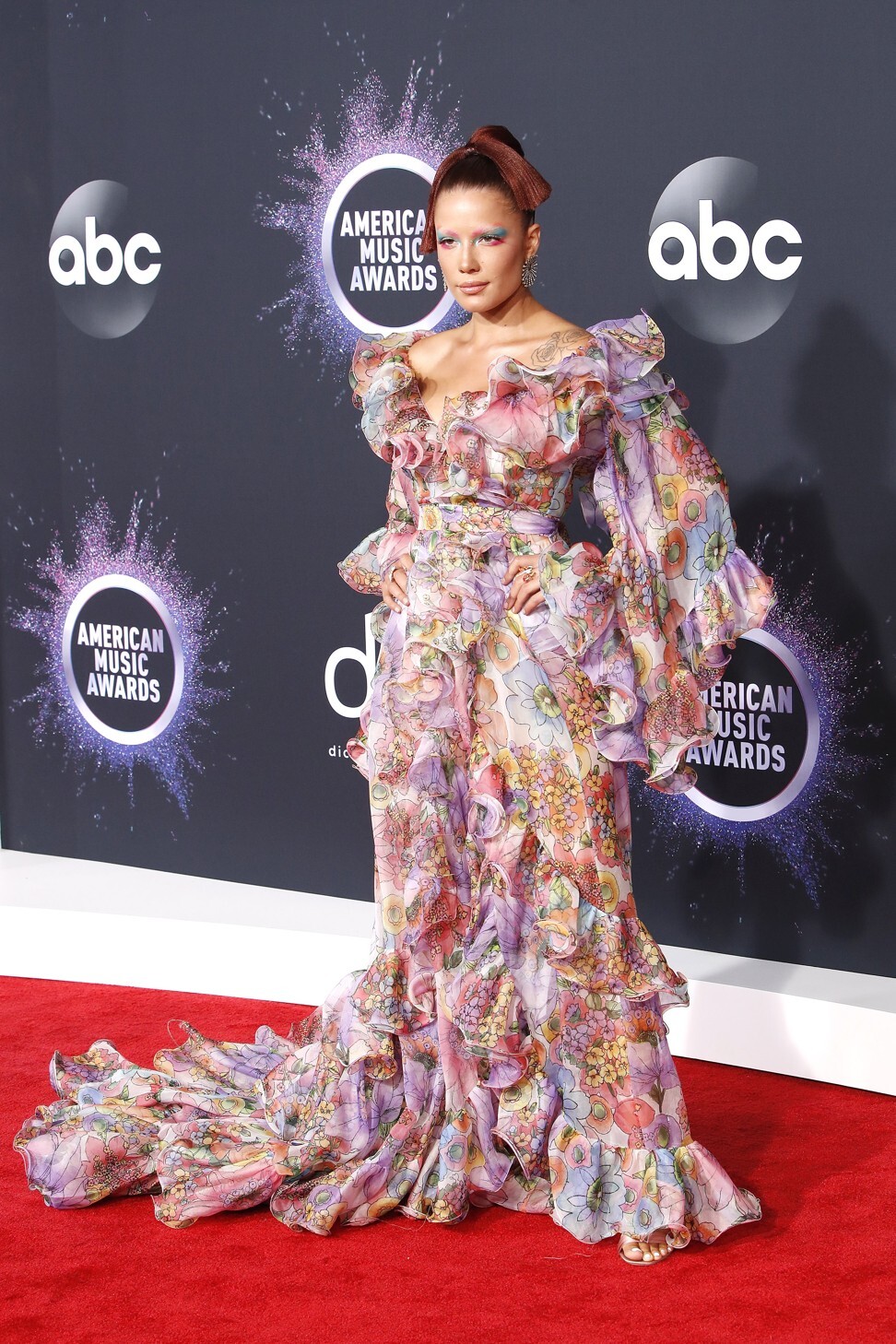
LeClaire defines bisexuality as an attraction to more than one gender. While the prefix “bi” means two, LeClaire said that modern understanding of bisexuality encompasses attraction to more than just two genders.
LeClaire points to The Bisexual Manifesto of 1990, originally published in the now-closed Bay Area Bisexual Network’s publication Anything That Moves, as a key document in defining the current usage of bisexual.
“Bisexuality is a whole, fluid identity … In fact, don’t assume that there are only two genders,” the manifesto says. “Do not mistake our fluidity for confusion, irresponsibility, or an inability to commit. Do not equate promiscuity, infidelity, or unsafe sexual behaviour with bisexuality.”
Pansexual
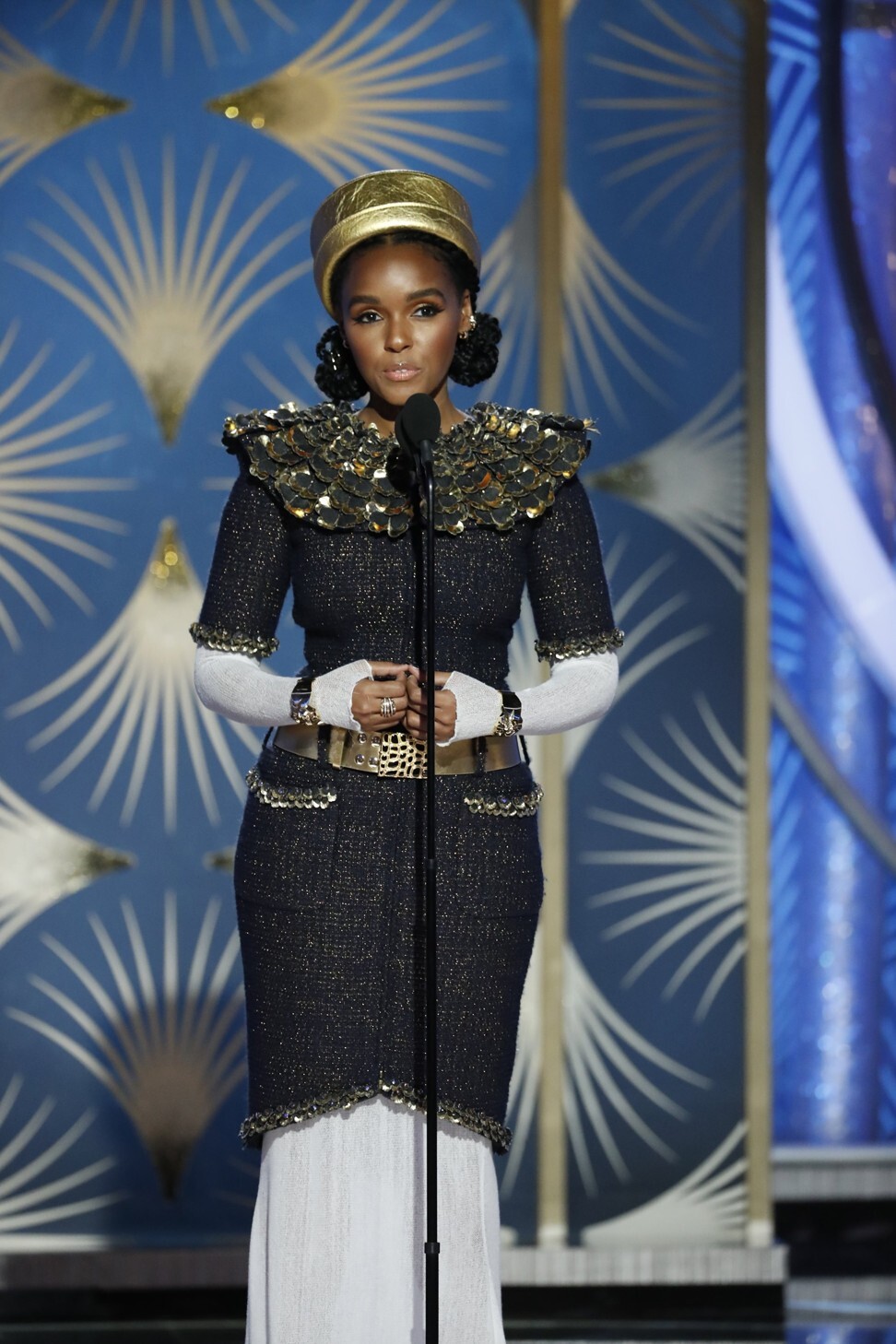
Pansexuality and bisexuality may often be used interchangeably. Merriam-Webster defines pansexuality as “of, relating to, or characterised by sexual desire or attraction that is not limited to people of a particular gender identity or sexual orientation”.
Identifying as pansexual can sometimes be due to a generational difference, according to LeClaire, particularly for individuals who began to identify themselves with liking more than two genders before the more modern definition of bisexuality came about.
“Some people also like to differentiate pansexuality as meaning that you don’t really see gender, or that doesn’t play even a slight role in your sexual attraction,” LeClaire said.
Which billionaires have donated cash to support LGBTQ+ rights?
Gay

GLAAD’s media resource glossary says that gay is “used to describe people whose enduring physical, romantic, and/or emotional attractions are to people of the same sex (e.g. gay man, gay people).” The GLAAD guide also notes that it is often preferable to call people gay rather than homosexual, which is “an outdated term considered derogatory and offensive to many lesbian and gay people”.
Asexual

The term asexual broadly refers to someone who doesn’t experience sexual attraction. But asexuality itself is, according to LeClaire, a spectrum.
Under the catchall umbrella of asexuality is greysexual, which refers to someone who falls “between the lines of sexual and asexual,” according to LeClaire. Someone who is greysexual may have conditional sex, or have it depending upon the person.
Another identity within the asexual umbrella is demisexual, which also refers to conditional sexual attraction, generally to someone the individual already has a strong emotional connection with.
“You have developed a rapport with them, you’ve developed maybe a loving friendship and you tend to only feel sexual attraction under those conditions,” LeClaire said.
Unlike people who do experience sexual attraction, but who might opt to only enter into sexual or romantic relationships under specific conditions, asexuality characterises an innate lack of desire, while demisexual people cannot experience desire unless an emotional connection exists.
Allosexual
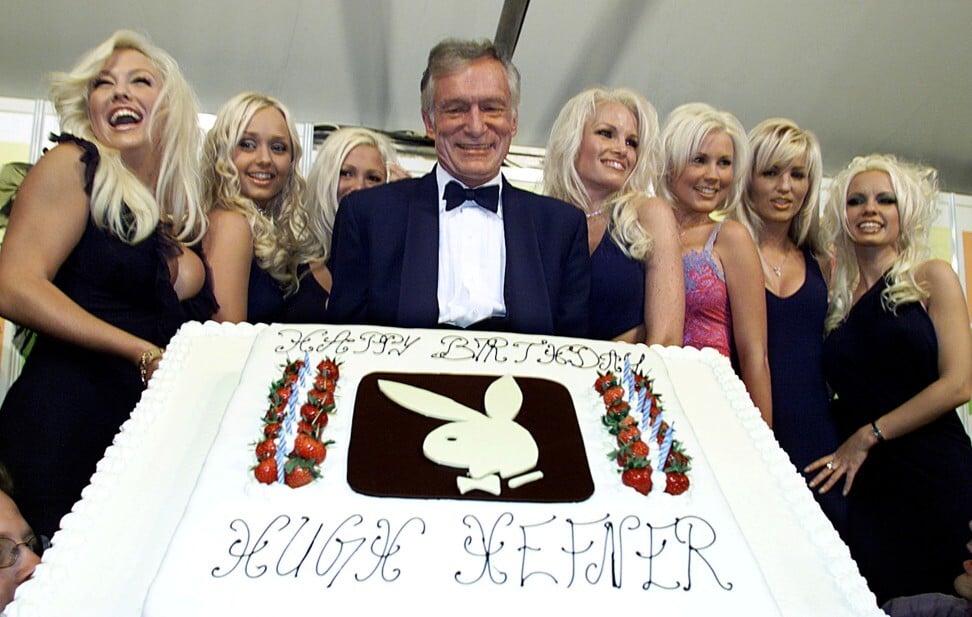
Allosexuality is the converse of asexuality; it means you experience sexual attraction, according to LeClaire.
Women’s Health Magazine wrote that the usage of the term allosexual originated in the asexual community. It’s meant to reframe the assumption that sexual attraction is the default for everyone; “the term ‘allosexual’ helps eliminate the idea that being ’asexual’ is abnormal”.
5 things about Edison Fan, Chinese LGBTQ+ influencer and gay model
Heterosexual

Heterosexuality is often known as being “straight”. The LGBTQIA Resource Center at University of California, Davis, defines heterosexuality as a “sexual orientation in which a person feels physically and emotionally attracted to people of a gender other than their own”.
Around 90 per cent of characters on prime-time scripted broadcasts in the 2019-2020 season were heterosexual, according to GLAAD Media Institute’s report “Where We Are on TV”.
Homosexual
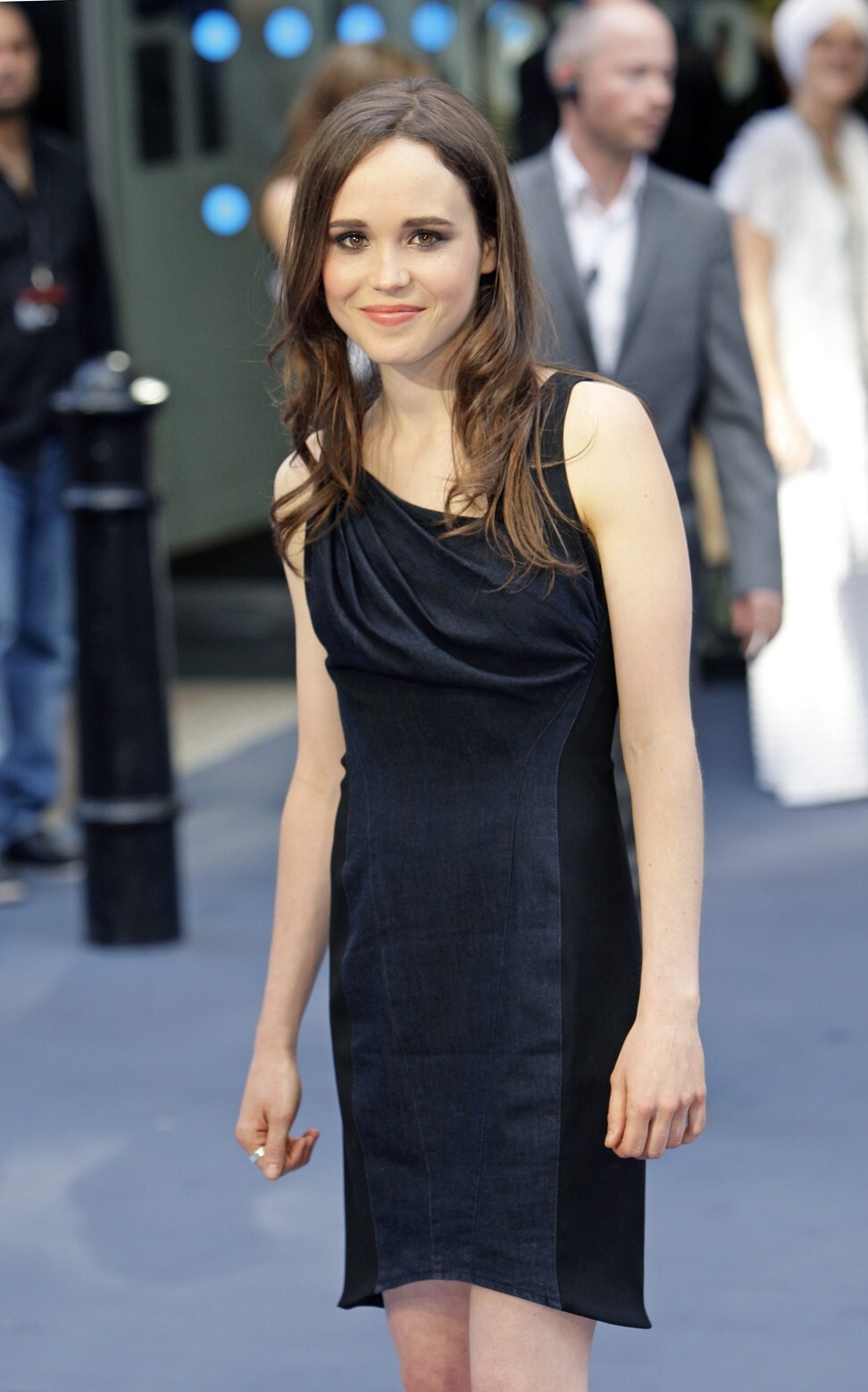
Homosexuality broadly refers to being gay or lesbian. However, the LGBTQIA Resource Center at UC Davis states that, “Historically, [homosexuality] was a term used to pathologise gay and lesbian people.”
The GLAAD Media Reference Guide also highlights “homosexual” as a term to avoid. “Because of the clinical history of the word ‘homosexual’, it is aggressively used by anti-gay extremists to suggest that gay people are somehow diseased or psychologically/emotionally disordered – notions discredited by the American Psychological Association and the American Psychiatric Association in the 1970s,” the guide says.
Monosexual
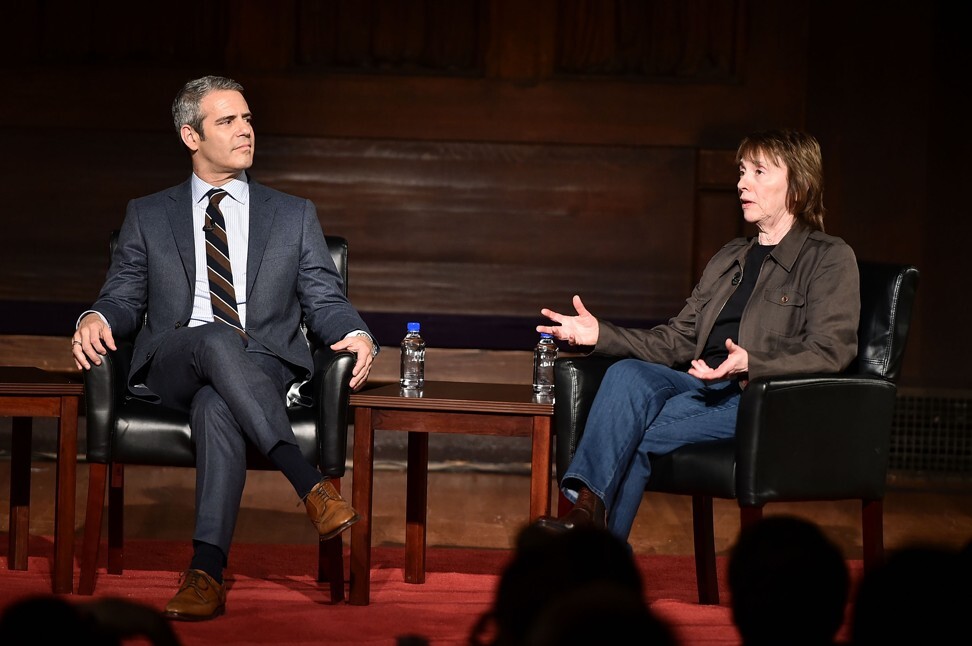
Monosexuality is attraction to a single gender. Lesbian or gay can fall under this category, according to LeClaire. People who identify as exclusively heterosexual can also be considered monosexual.
Polysexual
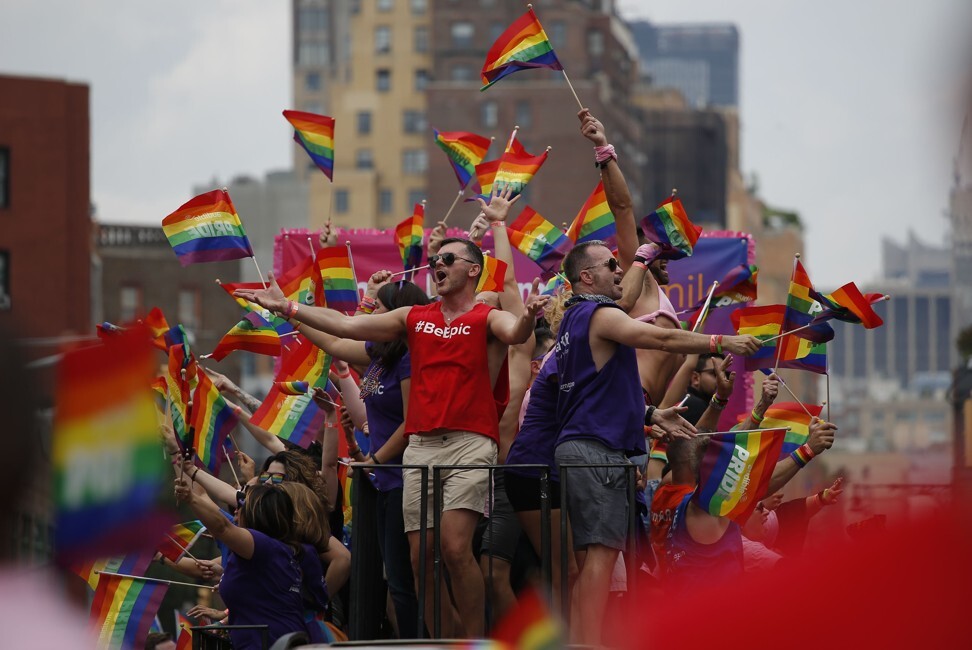
Polysexuality means to be attracted to many different types of genders, but not all genders, according to Robinson.
Actor Ezra Miller has not identified himself as polysexual, but has discussed being in what he calls a “polycule” – a group of sexual partners of different genders.
“I’m trying to find queer beings who understand me as a queer being off the bat, who I make almost a familial connection with, and I feel like I’m married to them 25 lifetimes ago from the moment we meet,” Miller said in a Playboy interview.
Unlocked: the Filipino drama profiling gay love during lockdown – shot on an iPhone
Queer

Queer is a catchall term that encompasses any identity outside cisgender (the converse to transgender), heterosexual, or allosexual, according to LeClaire. However, the usage of queer is very dependent on the person; not everyone will refer to themselves as queer.
The hesitation to use the term queer may be due, in part, to the age of the person using it. “Identity categories are also very generational,” Robinson said.
Historically, queer has been used as a derogatory word for those within the LGBTQ+ community. New York public radio station WNYC’s Nancy – self-described by its hosts as a queer podcast – devoted a whole episode to the linguistic evolution of the word “queer” from slur to tentative term of empowerment. In 1990, the group Queer Nation was founded by Aids activists; the usage of the term, historian Amy Sueyoshi told WNYC, was meant as a form of reclamation.
The stylebook for The National Lesbian and Gay Journalists Association acknowledges the legacy and modern usage of the term: “Originally a pejorative term for gay, now being reclaimed by some gay, lesbian, bisexual, transgender and non-heterosexual people as a self-affirming umbrella term. Some people may identify their sexual orientation as queer because they find the other labels inaccurate or overly restrictive. … Queer is still offensive as an epithet to many.”
This article originally appeared on Business Insider.
Want more stories like this? Sign up here. Follow STYLE on Facebook, Instagram, YouTube and Twitter .

Hollywood actress Ellen Page came out as gay, pop singer Halsey is bisexual while actor Ezra Miller is part of a ‘polycule’ – how sexual orientation terms have evolved, and how the LGBT community uses them today